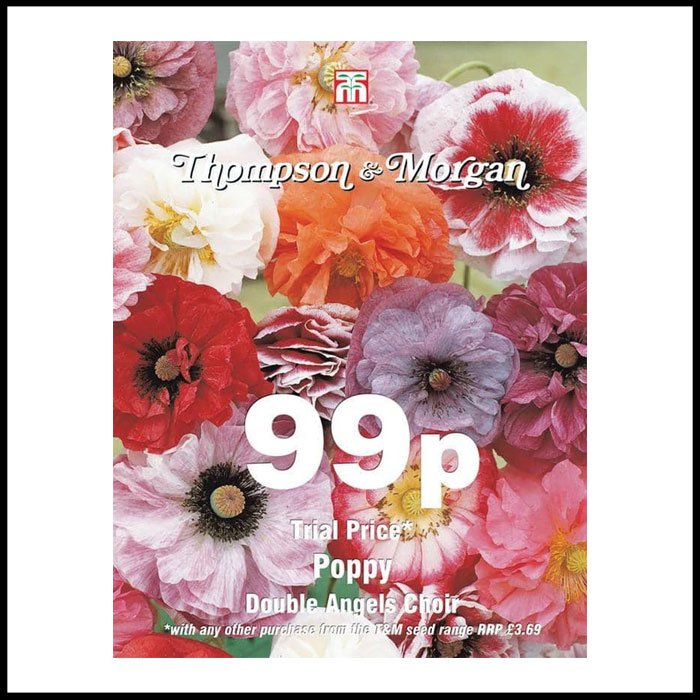Cornflower - Red, White & Blue
This contrasting and vibrant mixture of red, white and blue cornflowers provides a bold and long-lasting display to the garden. Traditional and reliable, display these pretty, pollinator-friendly plants in wildflower areas, borders and patio pots, planted in groups or informally dotted around. If you enjoy making home-made bouquets, these make a lovely posy to show off indoors.
Height: 45cm (18”). Spread: 30cm (12”).
This contrasting and vibrant mixture of red, white and blue cornflowers provides a bold and long-lasting display to the garden. Traditional and reliable, display these pretty, pollinator-friendly plants in wildflower areas, borders and patio pots, planted in groups or informally dotted around. If you enjoy making home-made bouquets, these make a lovely posy to show off indoors.
Height: 45cm (18”). Spread: 30cm (12”).
This contrasting and vibrant mixture of red, white and blue cornflowers provides a bold and long-lasting display to the garden. Traditional and reliable, display these pretty, pollinator-friendly plants in wildflower areas, borders and patio pots, planted in groups or informally dotted around. If you enjoy making home-made bouquets, these make a lovely posy to show off indoors.
Height: 45cm (18”). Spread: 30cm (12”).
Sow cornflower seeds outdoors where they are to grow from March to April. Choose a position in full sun on well drained soil which has been raked to a fine tilth. Sow seeds thinly, at a depth of 3mm (1/8") in drills spaced 30cm (12") apart. Water the ground regularly, especially during dry periods. Germination usually takes 14-21days. When cornflower seedlings are large enough to handle, thin them out to 15cm (6") apart.
Alternatively, grow cornflowers indoors from August to September for early summer flowering next year. Sow cornflowers on the surface of a good quality seed compost at a temperature of 18-23C (65-73F) and cover with a very fine sprinkling of compost or vermiculite. Do not exclude light as this helps germination. When seedlings are large enough to handle, transplant and grow them on in cooler conditions until large enough to move outdoors. Overwinter cornflowers plants in cool, light, frost-free conditions before planting out the following spring, or growing on as greenhouse pot plants.
Water regularly until plants are fully established. Deadhead faded cornflower blooms to prolong the flowering period.















